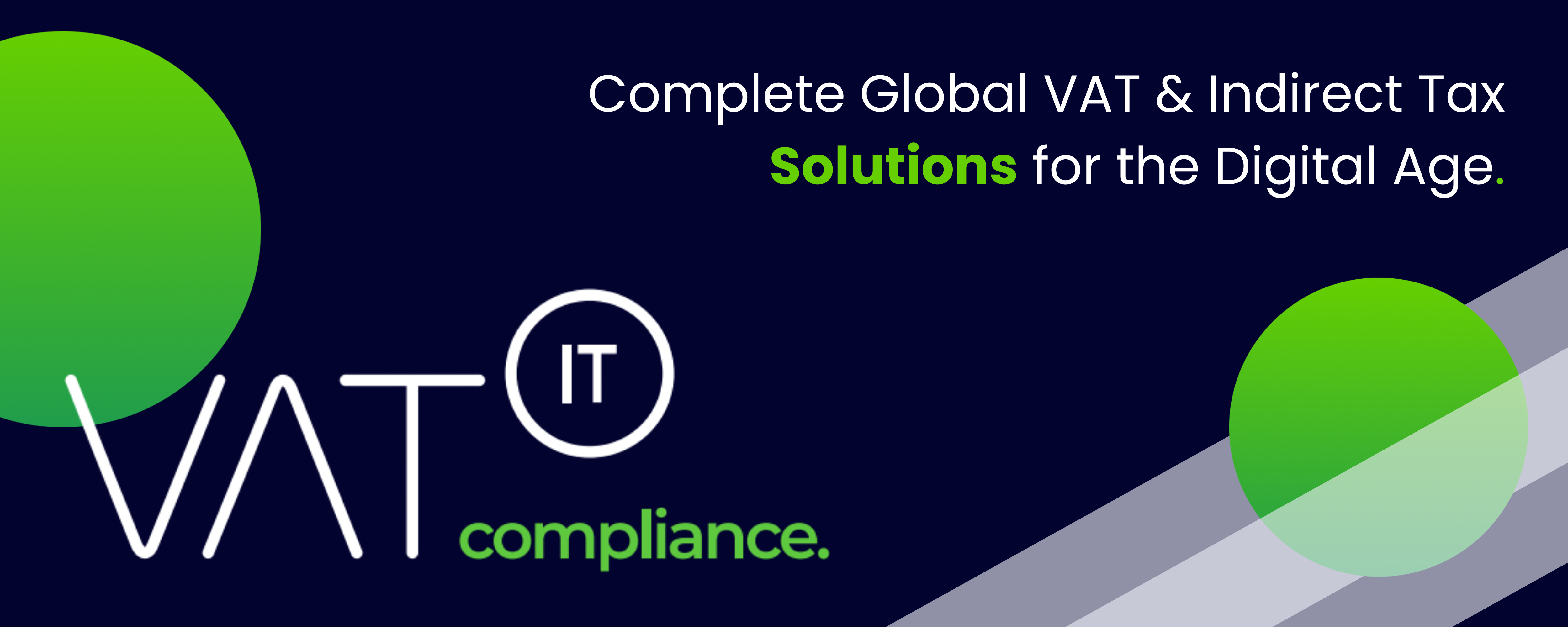- VAT is a consumption tax levied on goods and services at every stage of production and distribution, designed to be a broad-based tax and a significant source of government revenue.
- Its origins can be traced back to the mid-1950s, and it was officially adopted by the EU in 1977 as part of the Sixth Directive.
- The UK implemented its VAT system in 1973, with a standard rate of 25%.
- There has been opposition to VAT, particularly from small and medium-sized enterprises and low-income individuals.
- Both the EU and the UK have made adjustments to VAT rates over time, with the EU introducing the VAT Information Exchange System and the Mini-One-Stop-Shop.
- The UK’s decision to leave the EU has meant new VAT challenges and opportunities.
Source Taxually
Latest Posts in "World"
- VAT Technology Transformation: Digital Compliance Strategies for 2025 and Beyond
- VAT Considerations in Toll Manufacturing: Classification of Supplies
- VATupdate Newsletter Week 41 2025
- ecosio Webinar – Getting Started with Peppol: What You Need to Know (Dec 4)
- E-Invoicing Exchange Summit Vienna 2025: key insights and highlights














